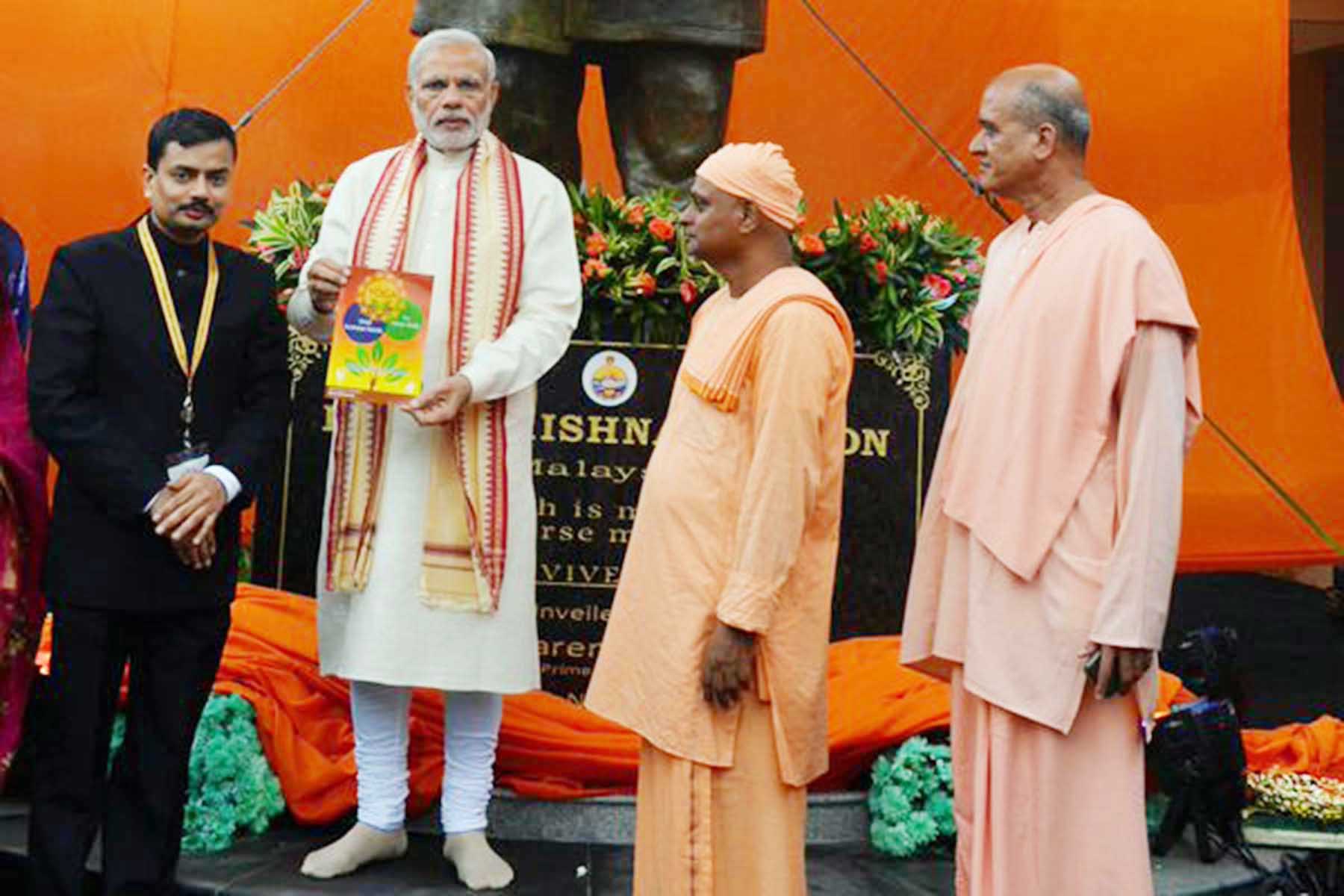
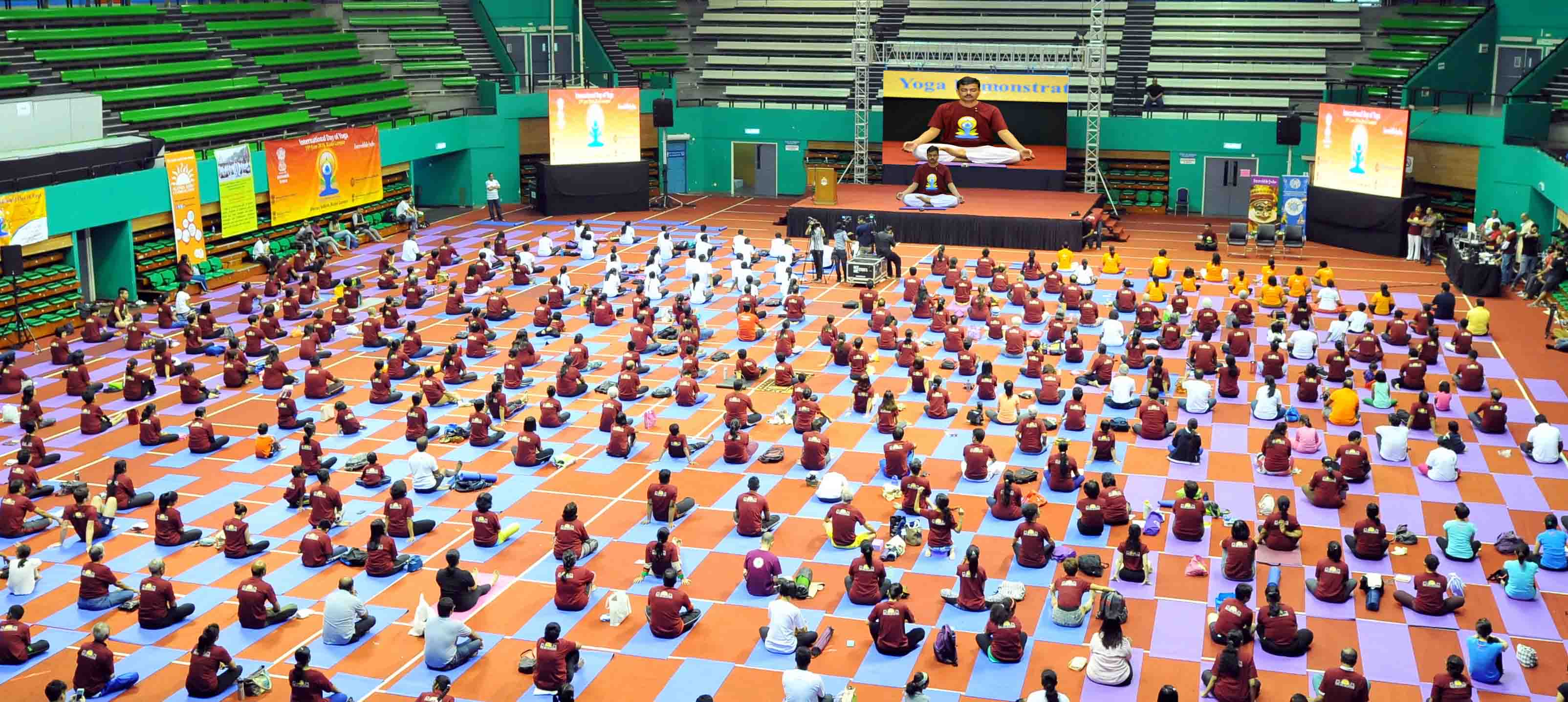
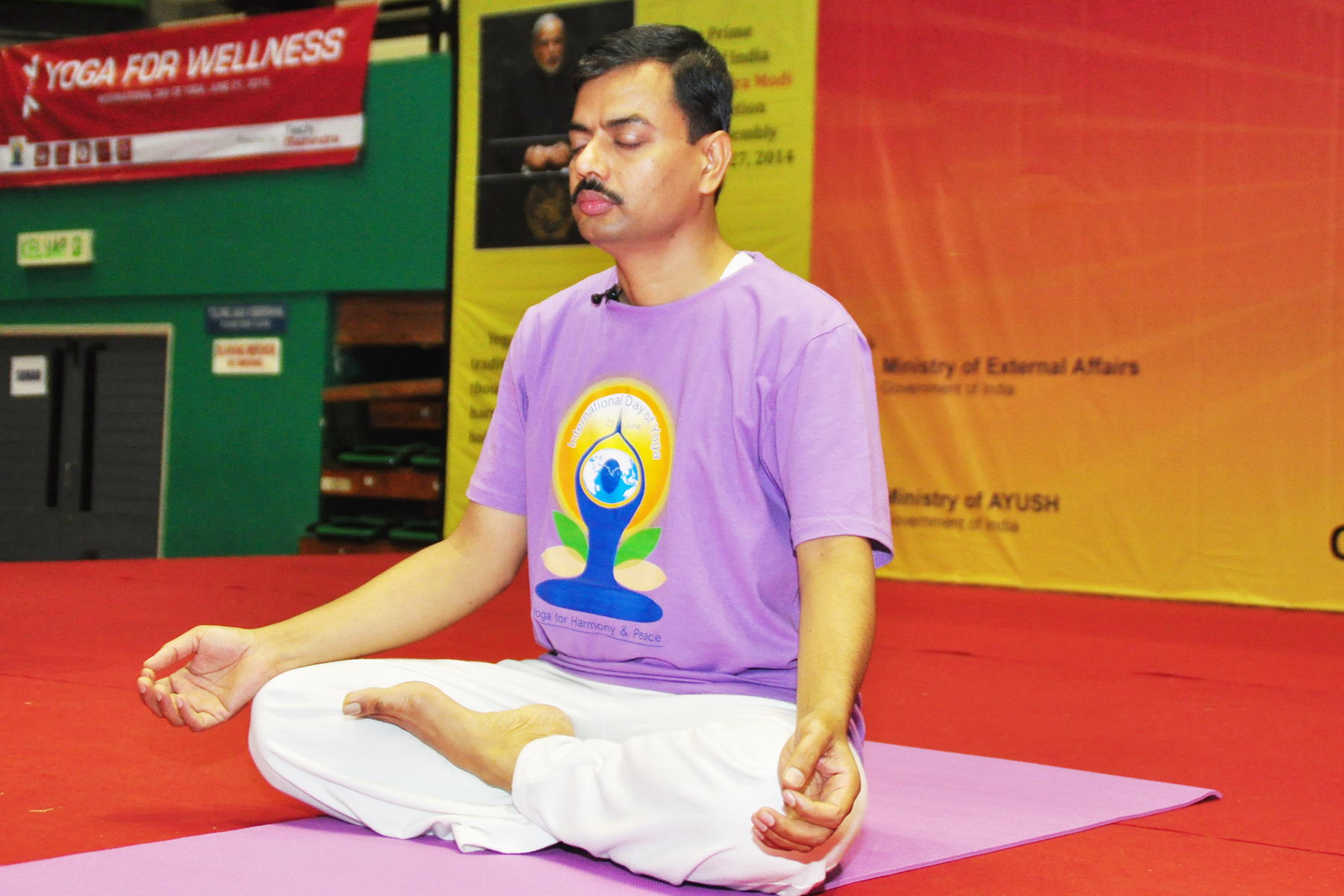
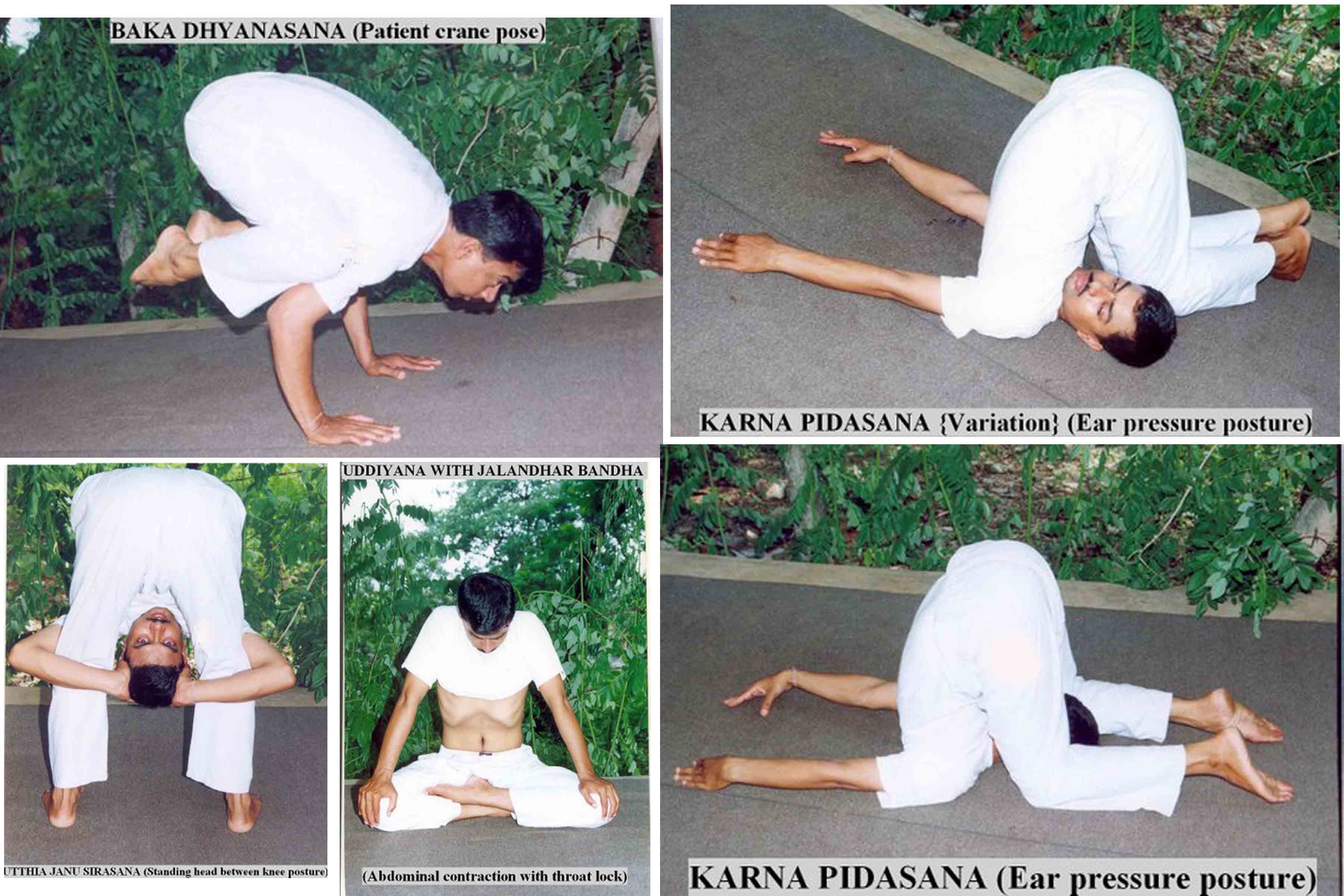
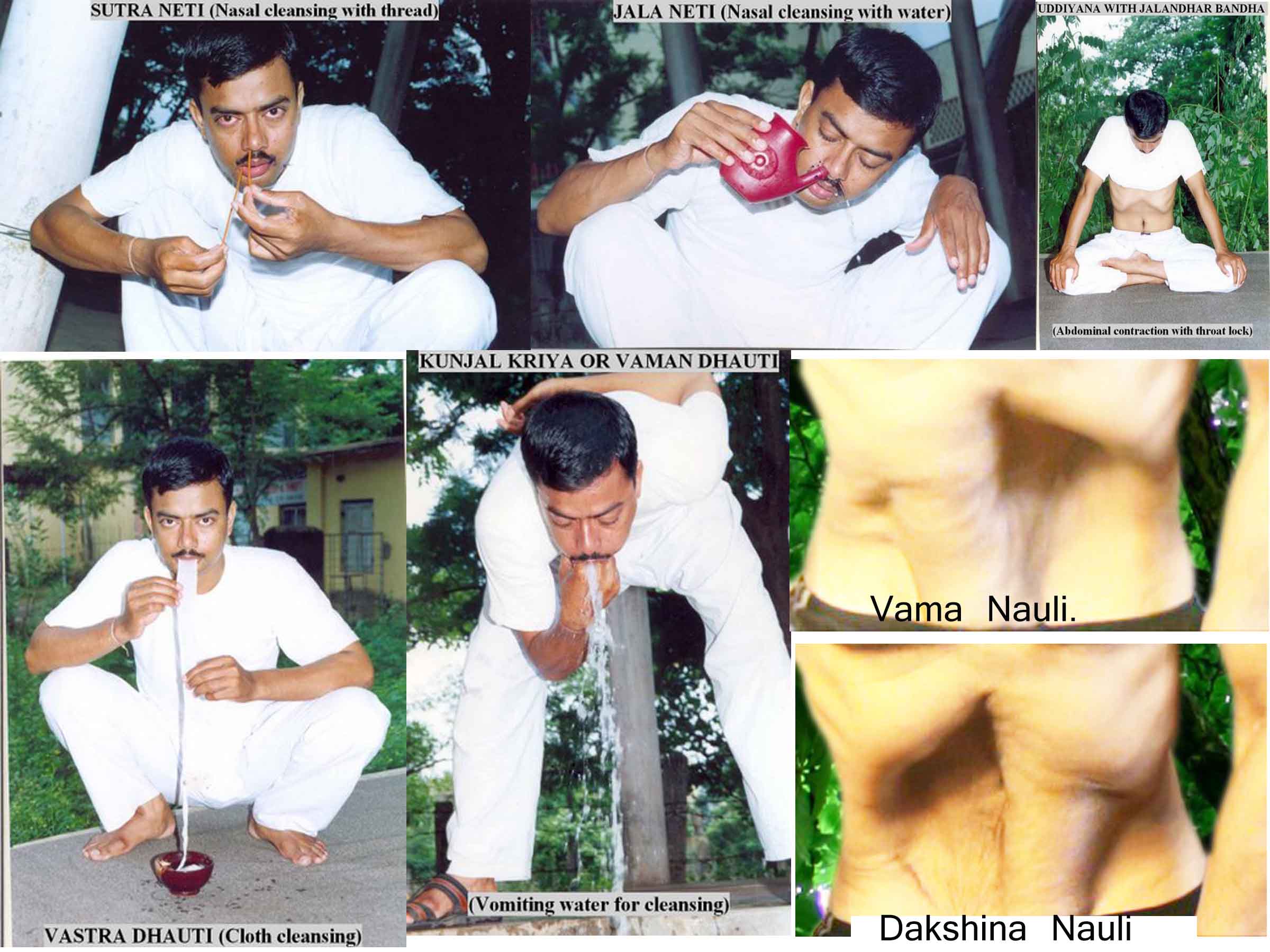
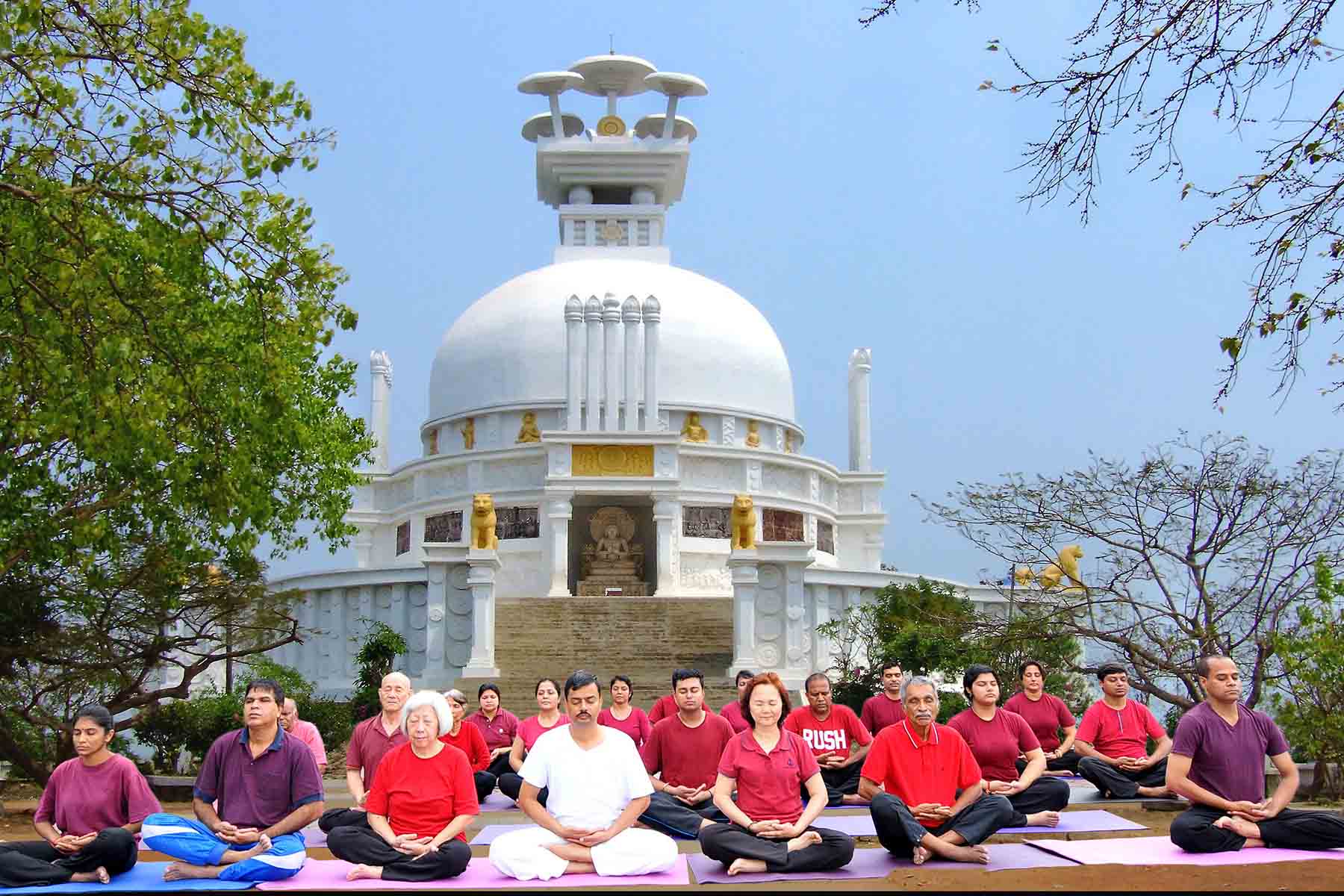
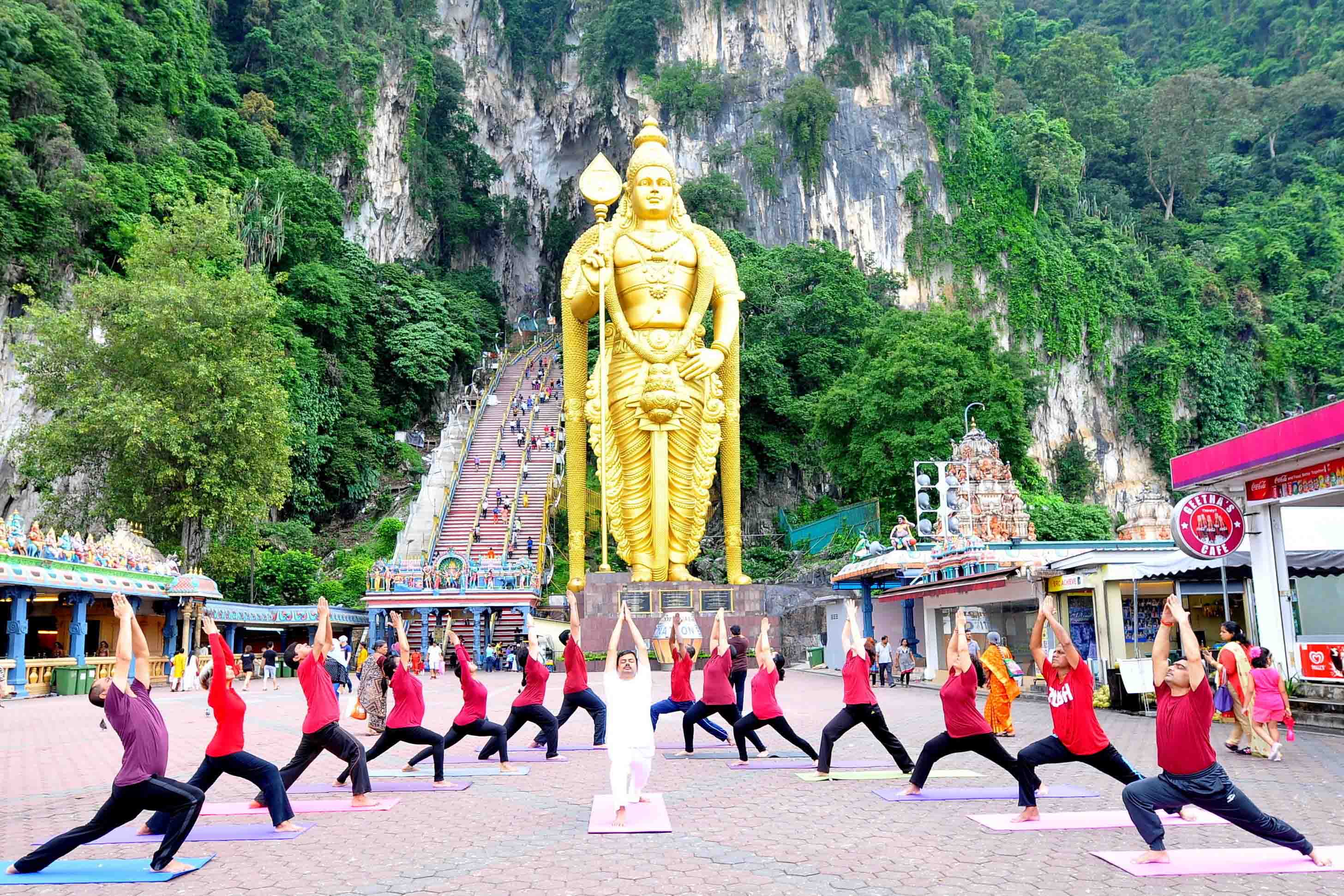
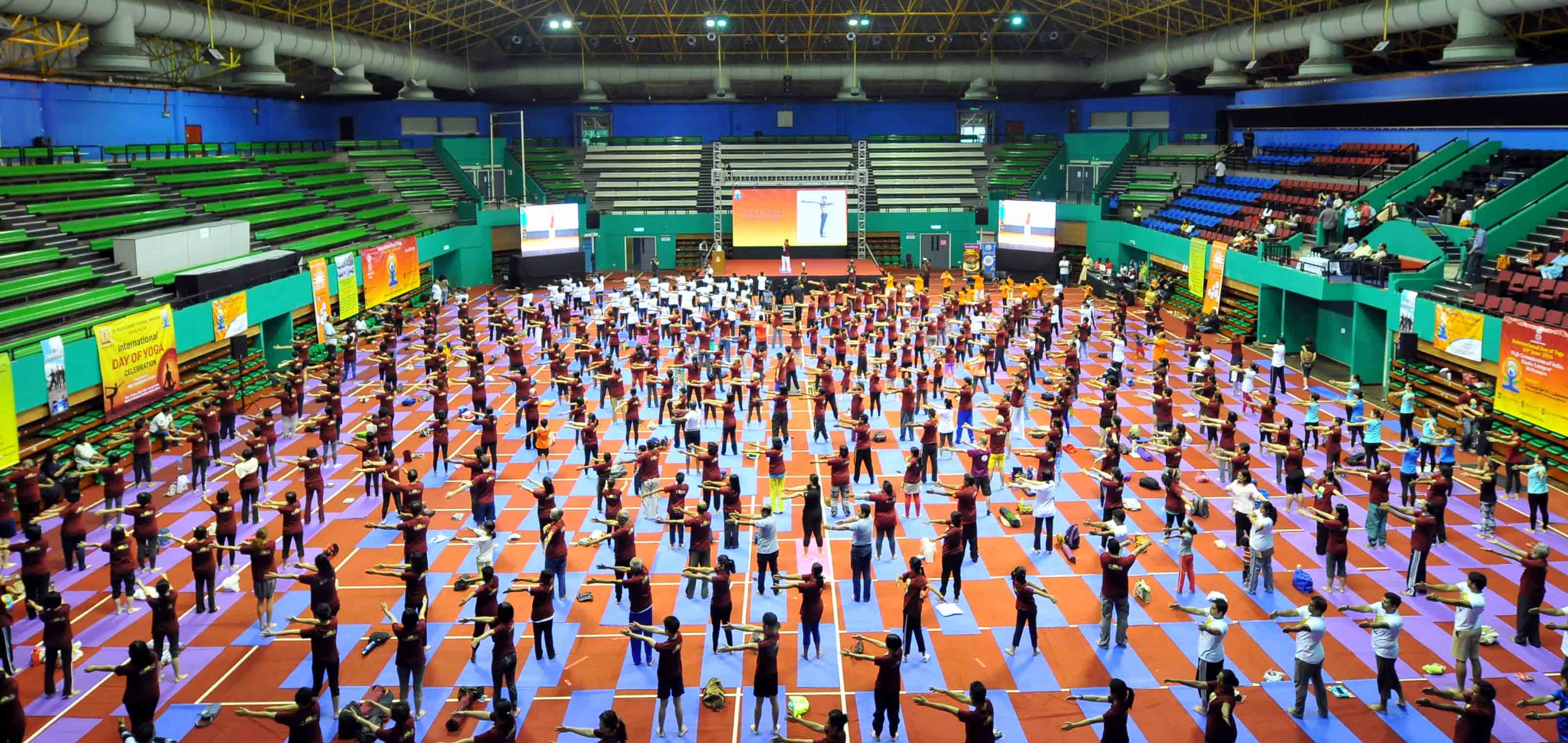
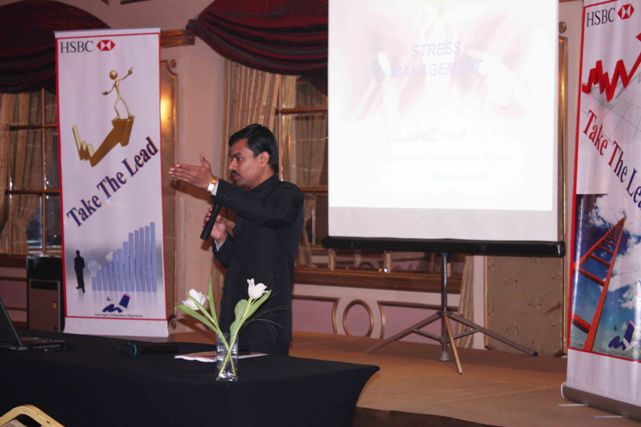
Welcome toSwami Vivekananda Academy of Yoga and Manovigyan(SVAYAM)
Welcome to(SVAYAM)स्वयं
YOGA GURUKULAM
An institute which provides Authentic Knowledge and Powerful tools for Body, Mind & Spirit.
YOGA PSYCHOLOGY
The word "Yoga" is derived from the Sanskrit root yuj which means "to join", "to yoke" or "to unite" and also “the highest state of concentration”. Yoga is essentially a discipline based on an extremely subtle science that focuses on bringing harmony between mind and body.
YAMA NIYAMA
Yamas are restraints and Niyamas are observances. The five different Yamas, which has been defined as the moral code of conduct, are simply the expression of a harmonious, balanced, and tranquil mind.
YOGASANA
Asana brings a feeling of lightness, steadiness in mental physical and health level and a disease-free body. Yoga postures contribute to the stability, flexibility and suppleness of the body; they stretch and tone the muscles; burn excess fat; balance the hormonal secretion and revitalize internal organs.
KRIYA
There are six purification techniques which are called Shat kriyas /Shatkarmas e.g. – Dhauti (cleansing of the digestive tract), Basti (colon cleaning), Neti (nasal cleaning), Trataka (blinkless gazing), Nauli (abdominal massage) and Kapalabhati (purification and vitalisation of the frontal lobes).
PRANAYAMA
Breathing is a vital force of life. We begin life with our first breath and end it with our last breath. Per day, on an average, webreathe21,600 times.
MUDRAS & BANDHAS
In Yogictexts,Mudrais considered as a Yoganga,an independent branch of Yogaand Bandhasare classified as part of Mudras.
PRATYAHARA
A perennial flow of Dharana (concentration) is called Dhyana or meditation. Meditation is a means of transforming the mind. Previously, Yogic meditation was the subject matter of philosophy. In the latter half of the 20th century, it entered into psychology, physiology, and medicine.
YOGA NIDRA
Yoganidra/Yogicsleep is probably the bestknown and the most powerfultechnique to induce complete physical, mental and emotional relaxation. It is a science of relaxation which enables us to dive deep into the realms ofthesub-conscious mind thereby releasing all tensions.
DHARANA
Dharana literally means concentration. It is the process of holding or fixing the attention of mind on something external or internal.
TRATAKA
The flow of thoughts in our brain is an on-going process. It has a habitual tendency for distraction. This leaves us feeling so much fragmented that we find ourselves scattered in all directions.
MEDITATION
Pratyahara literally means disassociation or withdrawal of the sensory awareness from the external world.
YUKTAHARA
Principlesof aYogicdiet play an integral role in the development of ahealthy lifestyle.
YOGA PSYCHOLOGY
The word "Yoga" is derived from the Sanskrit root yuj which means "to join", "to yoke" or "to unite" and also “the highest state of concentration”. Yoga is essentially a discipline based on an extremely subtle science that focuses on bringing harmony between mind and body.
YAMA NIYAMA
Yamas are restraints and Niyamas are observances. The five different Yamas, which has been defined as the moral code of conduct, are simply the expression of a harmonious, balanced, and tranquil mind.
YOGASANA
Asana brings a feeling of lightness, steadiness in mental physical and health level and a disease-free body. Yoga postures contribute to the stability, flexibility and suppleness of the body; they stretch and tone the muscles; burn excess fat; balance the hormonal secretion and revitalize internal organs.
KRIYA
There are six purification techniques which are called Shat kriyas /Shatkarmas e.g. – Dhauti (cleansing of the digestive tract), Basti (colon cleaning), Neti (nasal cleaning), Trataka (blinkless gazing), Nauli (abdominal massage) and Kapalabhati (purification and vitalisation of the frontal lobes).
PRANAYAMA
Breathing is a vital force of life. We begin life with our first breath and end it with our last breath. Per day, on an average, webreathe21,600 times.
MUDRAS & BANDHAS
In Yogictexts,Mudrais considered as a Yoganga,an independent branch of Yogaand Bandhasare classified as part of Mudras.
PRATYAHARA
A perennial flow of Dharana (concentration) is called Dhyana or meditation. Meditation is a means of transforming the mind. Previously, Yogic meditation was the subject matter of philosophy. In the latter half of the 20th century, it entered into psychology, physiology, and medicine.
YOGA NIDRA
Yoganidra/Yogicsleep is probably the bestknown and the most powerfultechnique to induce complete physical, mental and emotional relaxation. It is a science of relaxation which enables us to dive deep into the realms ofthesub-conscious mind thereby releasing all tensions.
DHARANA
Dharana literally means concentration. It is the process of holding or fixing the attention of mind on something external or internal.
TRATAKA
The flow of thoughts in our brain is an on-going process. It has a habitual tendency for distraction. This leaves us feeling so much fragmented that we find ourselves scattered in all directions.
MEDITATION
Pratyahara literally means disassociation or withdrawal of the sensory awareness from the external world.
YUKTAHARA
Principlesof aYogicdiet play an integral role in the development of ahealthy lifestyle.
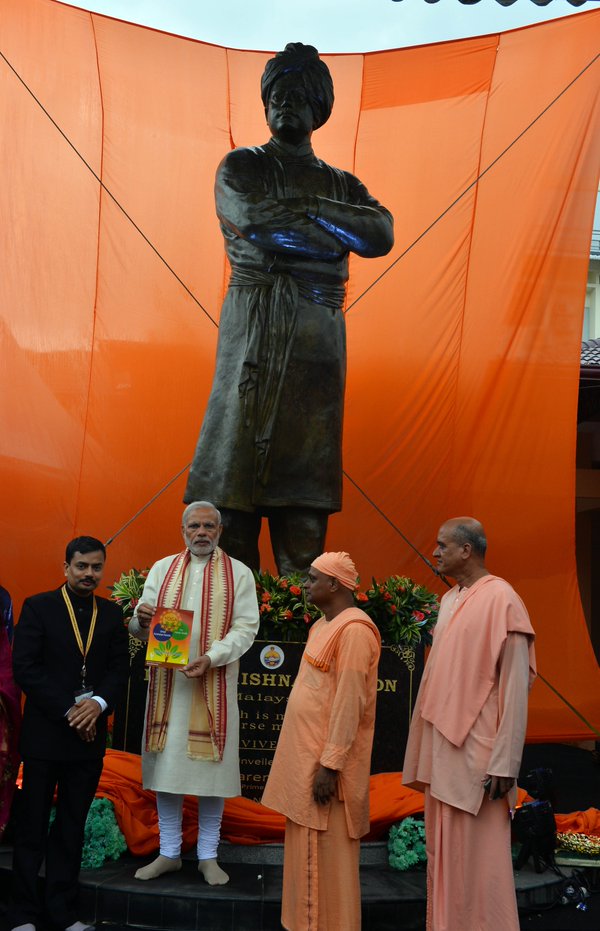
— About
An institute that provides Authentic Knowledge and Powerful tools for Body, Mind & Spirit.
Devised by Master Yoga teacher Ajaya Kumar Sahoo